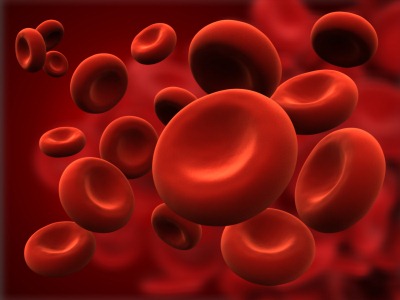How to Understand the Causes of Anemia

Anemia is a condition that is characterized by reduction in the number of red blood cells in the blood. The disease may be accompanied by a decrease in haemoglobin. Haemoglobin in the red blood cells is responsible for the delivery of oxygen to all tissues and organs.
Iron deficiency anemia is today the most common disease among the different types of anemia states, accounting for almost 80% of all cases (total number of cases – about 200 million people). It’s causes are rooted after insufficient intake of iron in the body or large amount of blood loss.
Instructions
-
1
Among the causes that give rise to this condition are the following: blood loss, lack of iron, folic acid or vitamin B12 in the body and toxic damage to the brain.
-
2
A person can detect anemia by the presence of one or more symptoms: Dizziness, weakness, breathing problem, increased heart beat rate, nausea and vomiting.
-
3
Anemia is characterized by changes in the condition of the skin, nails and hair. In this disease your skin can become loose and your hair might become dull.
-
4
The most common types of anemia is associated with iron deficiency and usually starts with a deficiency of vitamin B12 and folic acid. Therefore, in medical practice, there is the following classification of anemia: Iron deficiency, chronic diseases, aplastic, megaloblastic and sideroblastic respectively.
-
5
For the diagnosis of this condition, medical examination is required as soon as possible and treatment can be prescribed after reviewing the overall analysis of the patient's blood condition and type.
-
6
To combat and prevent iron-deficiency, it is necessary to establish a proper diet, which includes the use of energy-dense foods, different kinds of meat, goat’s milk, cream, eggs, corn and millet porridge. The products that contain iron include: potatoes, squash, garlic, onions, lettuce, dill, gooseberries, grapes, strawberries and buckwheat.






